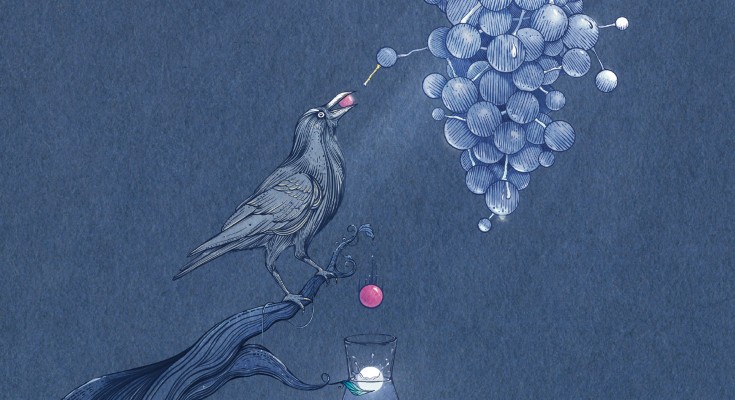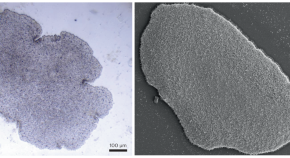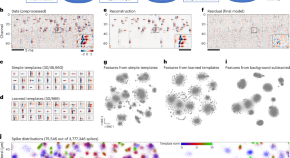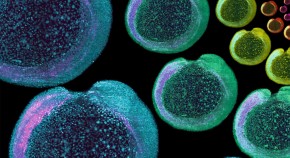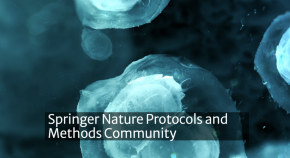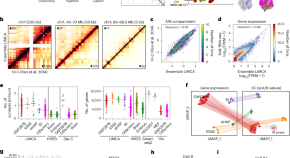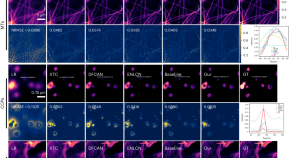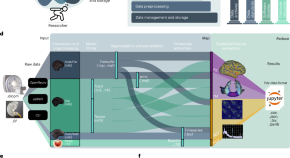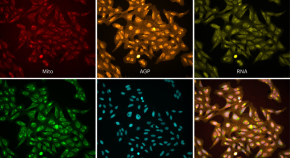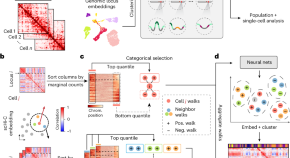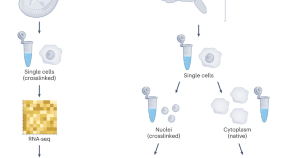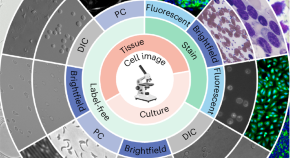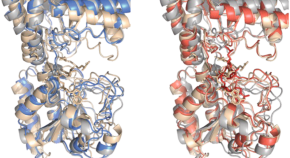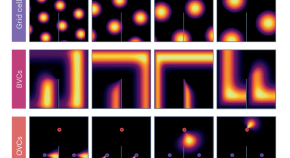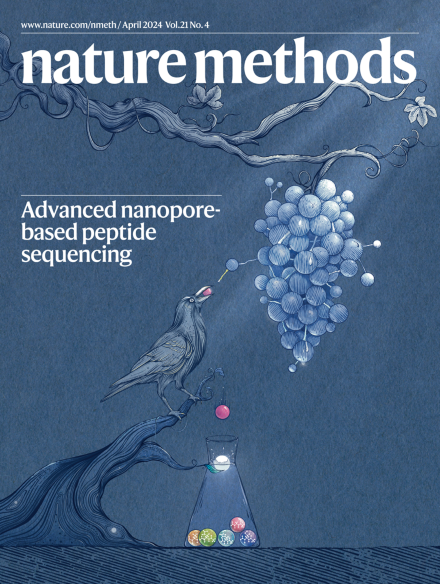
Announcements
-
-
-

A call for ecology papers
Open for submissions -
Advertisement
-
-

Single-cell immune repertoire analysis
This Review provides an overview of bioinformatic approaches that enable immune repertoire analyses at the single-cell level.
-
-
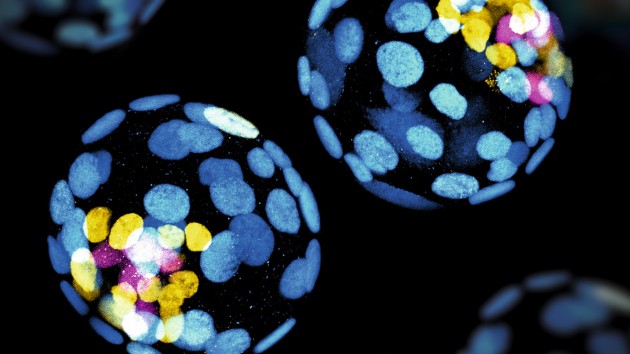
Method of the Year 2023: Methods for modeling development
Methods for modeling development is our Method of the Year 2023, for the remarkable insights that recent methodological advances have enabled in our understanding of the molecular mechanisms of human embryogenesis.
Trending - Altmetric
-
Simultaneous single-cell three-dimensional genome and gene expression profiling uncovers dynamic enhancer connectivity underlying olfactory receptor choice
-
brainlife.io: a decentralized and open-source cloud platform to support neuroscience research
-
Pretraining a foundation model for generalizable fluorescence microscopy-based image restoration
-
Accessible computing platforms democratize neuroimaging data analysis

